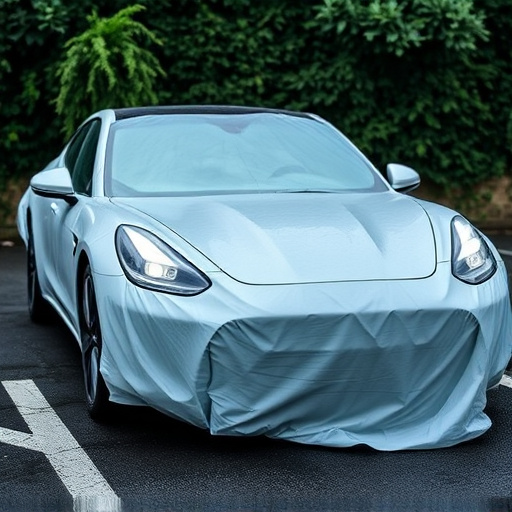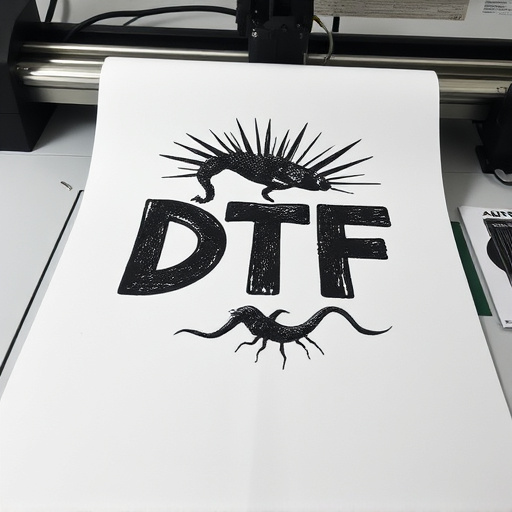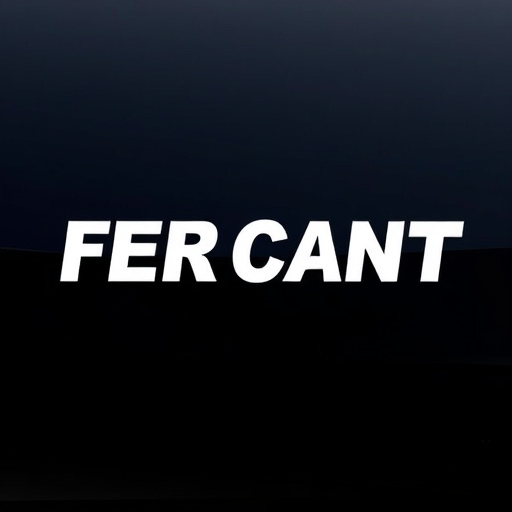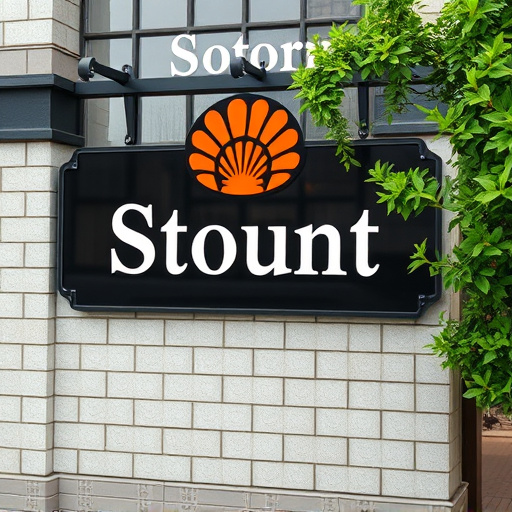Decorative window film is a versatile material with various types, serving both aesthetic and protective purposes in homes, offices, and vehicles. Understanding local regulations is crucial for installation, as each region has specific Visual Light Transmission (VLT) guidelines to ensure safety, privacy, and energy efficiency. Compliance avoids legal issues and allows for the optimal enjoyment of decorative window films while meeting functional standards.
“Decorative window films are transforming spaces, offering both aesthetic appeal and functional benefits. From privacy to energy efficiency, these films are a popular choice for residential and commercial properties. However, navigating local regulations is crucial before installing them. This article explores the world of decorative window film, delving into its types, applications, and most importantly, ensuring compliance with legal requirements. Professionals and enthusiasts alike will find valuable insights on best practices to stay up-to-date with local guidelines.”
- Understanding Decorative Window Film: Types and Applications
- Navigating Legal Requirements for Installing Decorative Films
- Ensuring Compliance: Best Practices and Tips for Window Film Professionals
Understanding Decorative Window Film: Types and Applications

Decorative window film isn’t just about aesthetics; it’s a versatile material with diverse applications. These films come in various types, each designed for specific uses and offering unique benefits. For instance, frosted or etched glass films add a subtle, elegant touch to windows, providing privacy without complete opacity. They’re popular in homes, offices, and retail spaces for their ability to let natural light pass through while obscuring the view from the outside.
On the other hand, decorative window films can also offer protection. Some types are designed to resist scratching, enhancing the lifespan of glass surfaces, whether on cars with custom vehicle wraps or architectural structures. This scratch resistance is just one aspect of their allure; they also come in reflective varieties that reduce glare and heat gain, making them ideal for energy-conscious buildings. Vehicle wraps, for instance, use decorative window film to create eye-catching designs while protecting the underlying surface from environmental damage.
Navigating Legal Requirements for Installing Decorative Films

Navigating Legal Requirements for Installing Decorative Films
When it comes to installing decorative window films, whether for residential or commercial purposes, understanding and adhering to local regulations is paramount. Each region has its own set of guidelines and restrictions regarding window tinting, focusing on safety, privacy, and energy efficiency. For instance, many areas mandate specific VLT (Visual Light Transmission) levels, which dictate how much natural light can pass through the film. Exceeding these limits may lead to penalties or even fines.
Moreover, certain regulations specifically address the use of decorative films for vehicle enhancement, particularly automotive detailing. Ceramic window tinting, known for its advanced properties, must comply with local laws to ensure it doesn’t obstruct the driver’s view or pose safety hazards. Compliance not only protects against legal repercussions but also ensures that the aesthetic benefits of decorative window film are enjoyed without compromising functionality and safety standards.
Ensuring Compliance: Best Practices and Tips for Window Film Professionals

When it comes to decorative window film installation, professionals must stay informed about local regulations and building codes. Non-compliance can result in fines or even the need to remove the film. The best way to ensure adherence is to research specific rules for your area, focusing on window tinting restrictions. Some regions have guidelines regarding the percentage of light allowed through, while others may mandate specific types of films or certifications for installers.
Staying ahead involves keeping updated resources from industry associations and local governments. Additionally, professionals should consider offering a range of film options to cater to various client preferences and needs, including paint protection film (PPF) and vinyl wraps, which can provide both aesthetic benefits and functional advantages while adhering to regulations.
Decorative window film is a versatile and aesthetically pleasing solution that can enhance any space, but it’s crucial to navigate local regulations carefully. By understanding the types of films available, familiarizing yourself with legal requirements, and adhering to best practices, professionals can ensure compliance and offer high-quality installations. This approach not only safeguards against legal issues but also creates lasting, visually stunning results for clients.














